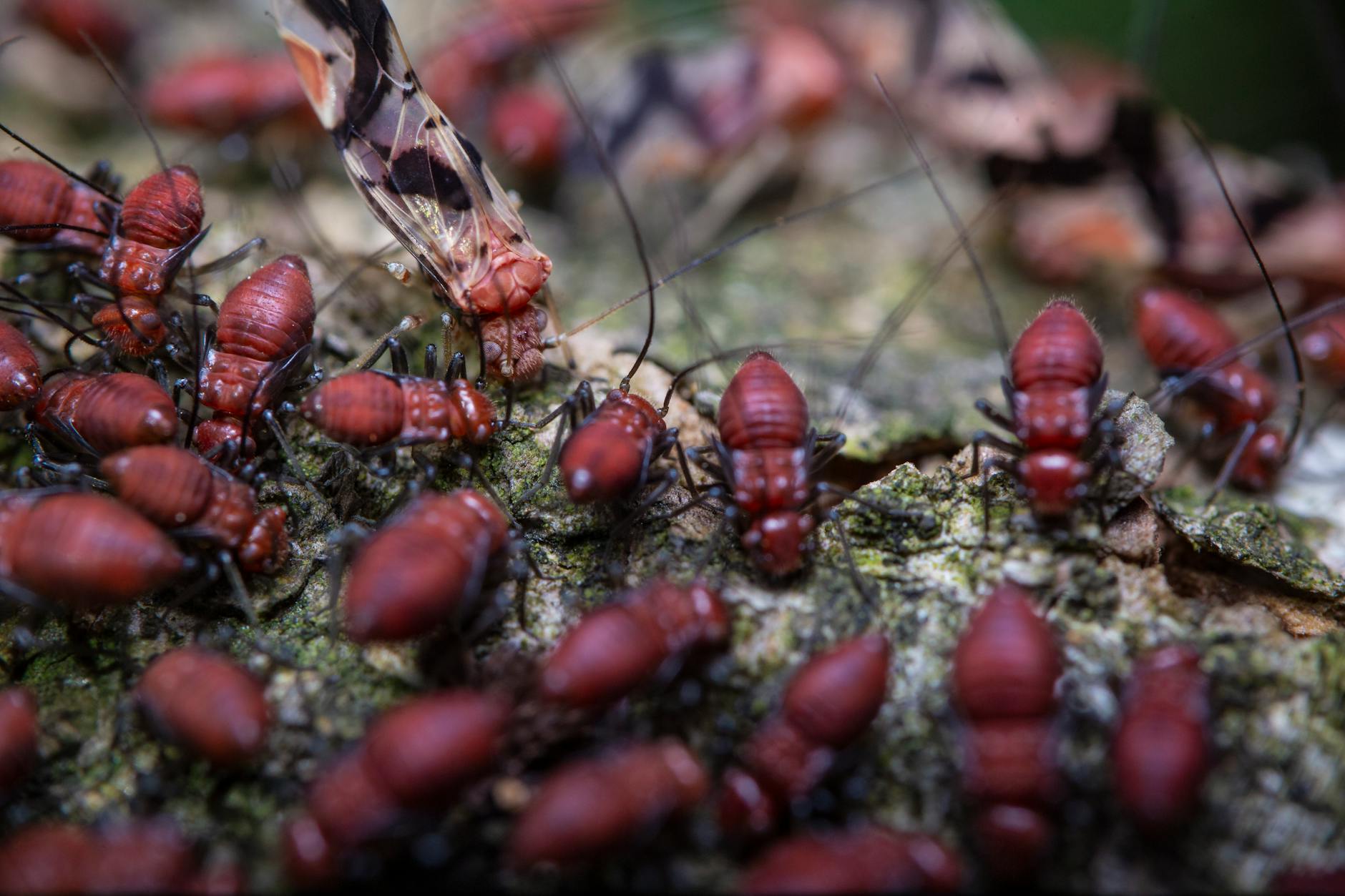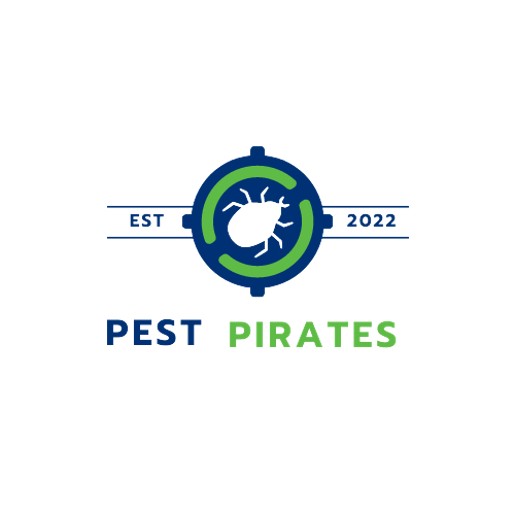
Importance of Follow-Up Inspections
After treating your home for termites, it’s essential to keep a vigilant eye on the potential return of these destructive pests. Follow-up inspections serve as a critical component in your termite management strategy. They help ensure that the treatment was effective and that your home remains secure against future infestations.
Understanding Termite Reports
A termite report is a comprehensive document detailing the presence or absence of termites within your property. This report, generated after a thorough physical inspection, will not only indicate evidence of an infestation but also the extent of any damage caused by these invasive insects. The termite report includes a checklist divided by property areas such as the interior, exterior, attic, basement, and garage, ensuring a detailed assessment.
These reports are vital for understanding the specific situation of your home. They provide a baseline for future inspections and are essential for comparing the pre and post-treatment status of your property. With the advent of digital solutions like doForms, inspectors can now digitize these reports, allowing for easier access, storage, and review of data from any device.
Scheduling Regular Inspections
The frequency of follow-up termite inspections can vary depending on the risk level of your location. For homes in high-risk areas, annual inspections are recommended. Those in moderate-risk areas should consider inspections every 2-3 years, while homes in low-risk areas might only require an inspection every five years.
It’s crucial to schedule regular inspections as termite control is not a one-time event but an ongoing process. Regular inspections help in the early detection of new termite activities or re-infestations. By staying proactive with these assessments, you can significantly reduce the chances of termites causing further damage to your property and avoid costly repairs.
Remember, follow-up inspections are key to maintaining a termite-free home. They allow for swift action if termites are detected and provide peace of mind knowing that your home is being monitored for these elusive destroyers. Don’t hesitate to reach out to a reliable termite control company to discuss the best inspection schedule for your home and ensure that your property remains structurally sound and termite-free.
Post-Inspection Actions
Once you’ve completed a termite inspection, it’s time to take decisive action based on the findings. This may involve implementing treatment recommendations and repairing any damage caused by the termites. Let’s explore what steps you should take following the inspection.
Treatment Recommendations
After your home has been inspected for termites, the pest control professional will provide you with treatment options. The most common treatments for termite infestations include soil and barrier treatments, fumigation, and termite baiting stations. The chosen method will depend on the type of termites you are dealing with and the severity of the infestation.
Here are some commonly recommended treatments post-inspection:
- Soil Treatment: This involves applying termiticides to the soil around and under your home to create a protective barrier against termites.
- Wood Treatment: Applying termiticides directly to the wood or infested areas to eliminate termites on contact or when they consume the wood.
- Baiting Systems: Installing termite bait stations around your property to attract and poison the colony.
The treatment strategy should be tailored to your specific situation, and it’s crucial that you work with a reliable termite control company to ensure the most effective approach is utilized (Redi National).
Repairing Termite Damage
Addressing the aftermath of a termite infestation is as important as the treatment itself. Repairing termite damage involves assessing the extent of the destruction and restoring the structural integrity of your home. This may range from replacing wooden elements like beams and joists to reconstructing entire sections of the property if necessary.
Below are the steps involved in repairing termite damage:
- Assessment: A thorough evaluation of the damage to determine the scope and necessary repairs.
- Restoration: Replacing or fixing damaged wood and other materials.
- Prevention: Implementing strategies to termite-proof your home and prevent future infestations.
It’s essential to engage qualified contractors who specialize in termite damage repair to ensure that all issues are addressed comprehensively, not just the visible or structural ones. This ensures your property is restored to its pre-infestation condition and maintains its value (Redi National).
In conclusion, after a termite inspection, you need to act swiftly on the treatment recommendations and repair any damage to safeguard your home from further harm. Regular follow-up inspections are also crucial to ensure that your home remains termite-free and to catch any new activity early on. For more information on maintaining your home after treatment, check out maintain a termite-free home.




